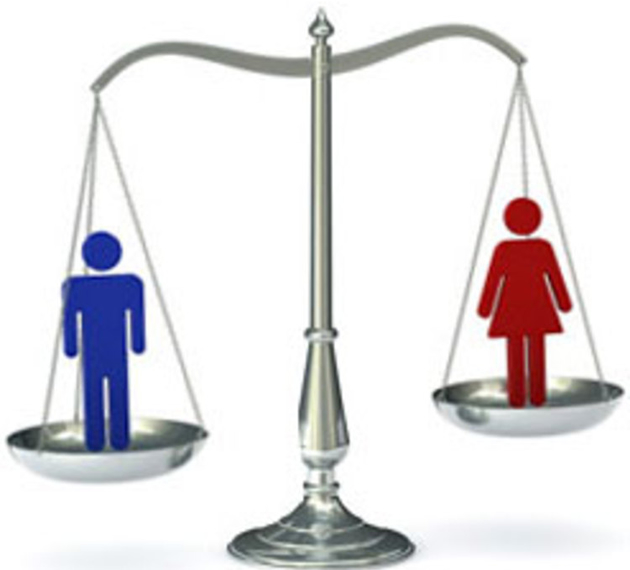Science academies, disciplinary groups lag behind on gender equality

Roseanne Denise Diab and Peter McGrath
Women remain under-represented in science careers and research all over the world.
There are several reasons for this, including stereotypes about what kind of work women “can” or “should” do; patriarchal attitudes; and a lack of support for women pursuing science, technology, engineering and maths (STEM) careers.
This isn’t just an abstract concern.
Gender equality matters for many sound reasons. For one, it’s enshrined in international human rights law and it is one of the Sustainable Development Goals.
It also makes good economic sense for countries to invest in and fully utilise their total populations.
Inclusive scientific leadership in which women are equally represented is best suited to the needs of modern society.
Plus, valuing diversity and multiple perspectives sparks creativity and innovation. Both are important hallmarks of scientific endeavour.
So, how are the world’s science academies and international disciplinary associations doing when it comes to getting — and keeping — women on board as members and leaders.
That’s what we set out to examine in our new study.
We focused on science academies and disciplinary unions because together, these organisations represent a large proportion of global scientific endeavour.
They have the potential to be powerful change-makers and leaders.
The study followed a 2015 survey on gender inclusion in academies. This allowed us to pinpoint whether and how academies had made any progress in certain areas.
There were some encouraging findings: for example, women’s membership of academies increased from 13 percent to 17 percent and women’s leadership on governing bodies from 21 percent to 29 percent.
Young academies, which generally represent early career scientists, fared far better than their senior counterparts, which is a promising sign for the future.
But there’s still plenty for young academies to do.
Most still have less than a quarter women’s representation, though there was one bright spot: South Africa’s Young Academy of Science is ranked highest in the world when it comes to female membership; 57 percent of its members are women.
The report sets out several recommendations for furthering gender representation and equality globally.
These include developing and maintaining a central repository of gender-related policies and actions as well as working intensively with disciplinary associations where improvement is needed in women’s representation.
Key findings
The study was co-ordinated by GenderInSITE (Gender in Science, Innovation, Technology and Engineering), an initiative aimed at promoting the role of women in these disciplines and demonstrating how the application of a “gender lens” leads to more effective, equitable and sustainable development.
It was a collaboration with the InterAcademy Partnership and the International Science Council.
The academies and disciplinary organisations surveyed are all members of the InterAcademy Partnership or the International Science Council.
In total, they represent more than 250 unique organisations. That means the results we collected provide important baseline information for taking transformative action at a global level.
Here are some of the key findings:
Young academies are setting the pace when it comes to gender equality. On average, women’s share of their membership is 42 percent; 10 young academies are ranked ahead of the highest ranked senior academy in terms of percentage of women members.
The highest ranked senior academy is the Academy of Sciences of Cuba.
It increased its share from 27 percent in 2015 to 33 percent in 2020.
There are big disciplinary differences in women’s representation. This perpetuates familiar patterns evident also in women’s representation in research fields.
For instance, representation was relatively higher in biological sciences (28 percent) and social sciences, humanities and arts (27 percent). It was lowest in the mathematical sciences (8 percent).
The Tanzania Academy of Sciences was among those academies that grew their representation of female scientists the most, increasing from 4 percent in 2015 to 12 percent in 2020.
The Ethiopian Academy of Sciences now has the lowest representation of women members on the continent, at 9 percent.
Roseanne Denise Diab, Director: GenderInSITE, Unesco
Peter McGrath, Researcher, Biosciences, The InterAcademy Partnership









Comments